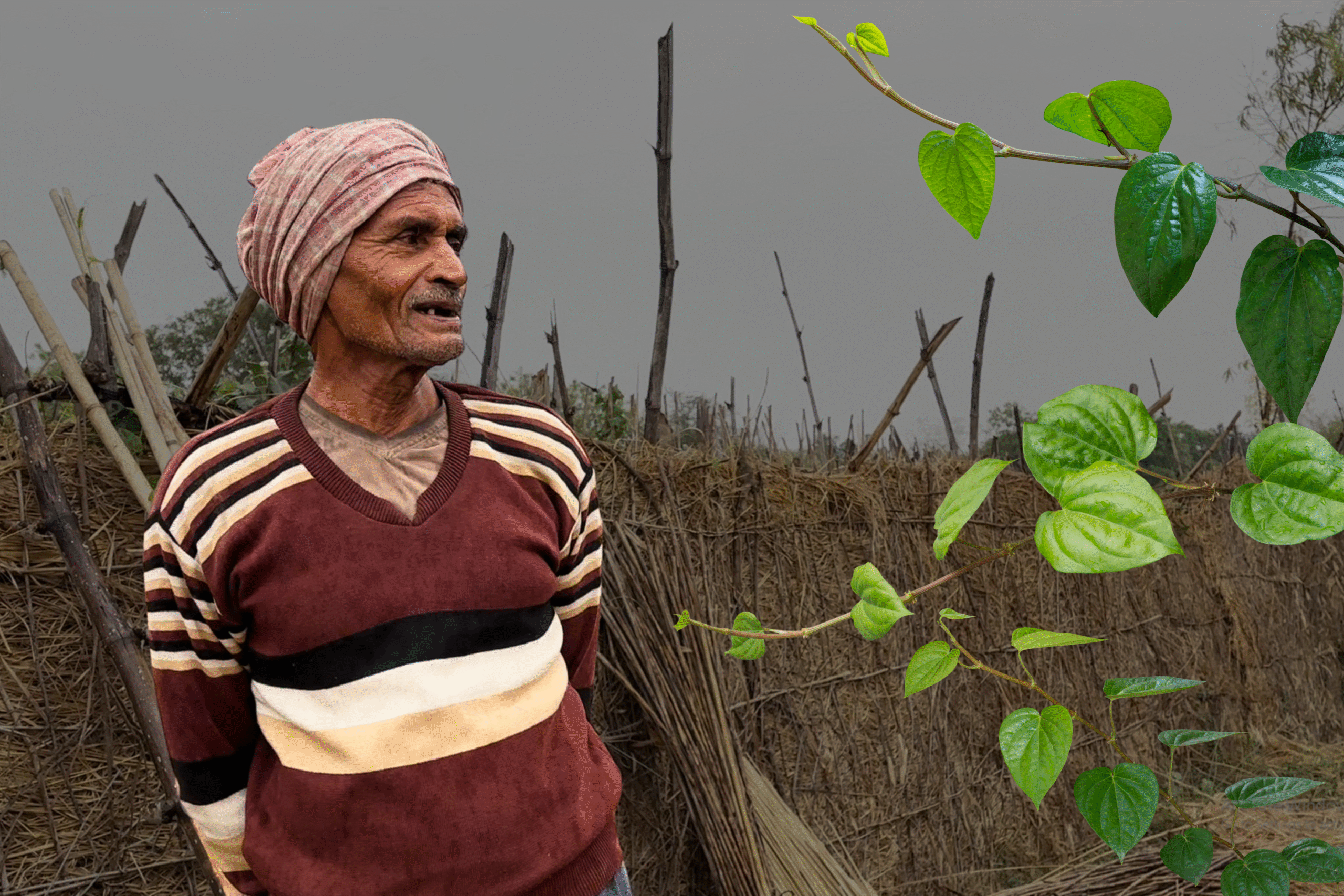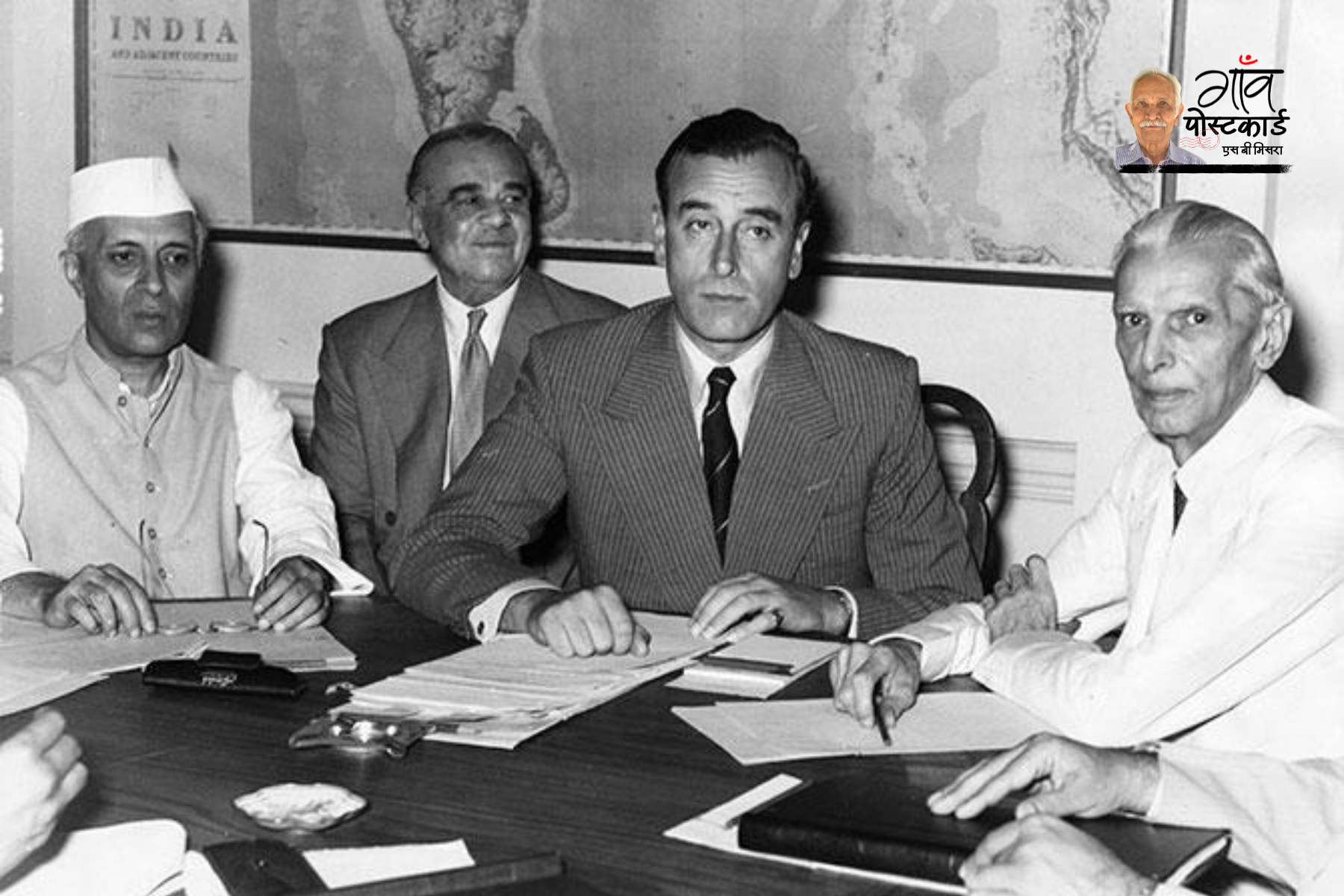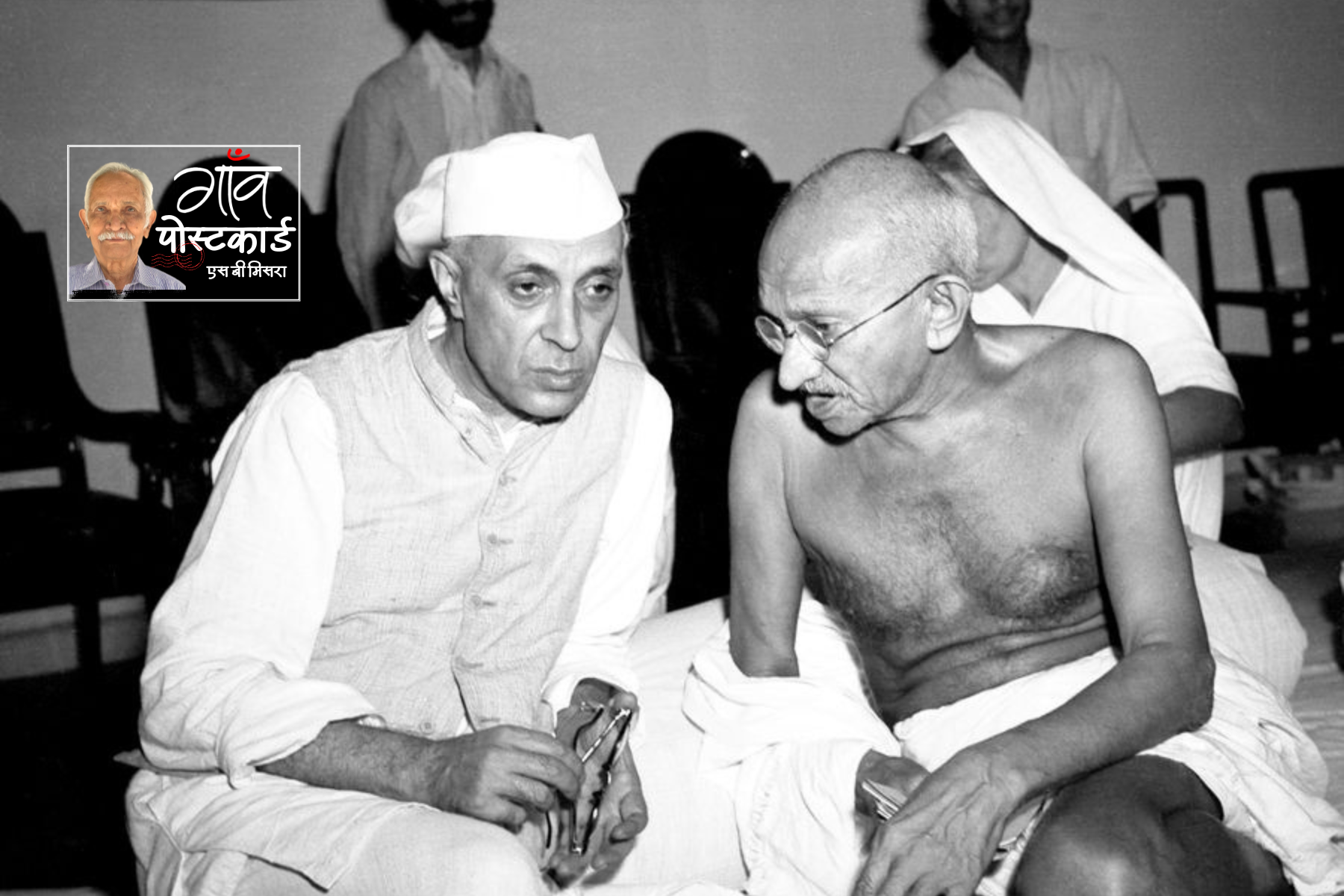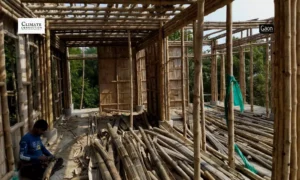Khag (Budgam), Kashmir
Sitting cross legged in front of the kaleen waan or the carpet weaving loom, only their eyes and hands move. Parveez Ahmad Khan, Tariq Ahmad Khan and Ghulam Mohammad Malik, all cousins, are on a specially commissioned project to weave silk carpets that will hang on the walls of the new Parliament building in the national capital, New Delhi.
Watch video
The loom is at the home of Parveez in Khag in Budgam district, over 30 kilometres from Srinagar in central Kashmir.
A carpet, 8 feet wide and 11 feet long, is slowly coming to life – a riot of jewel stones of red, blue, black, pink, green, orange, and the occasional flash of white yarn from which will emerge traditional motifs of trees, flowers, water bodies and animals.
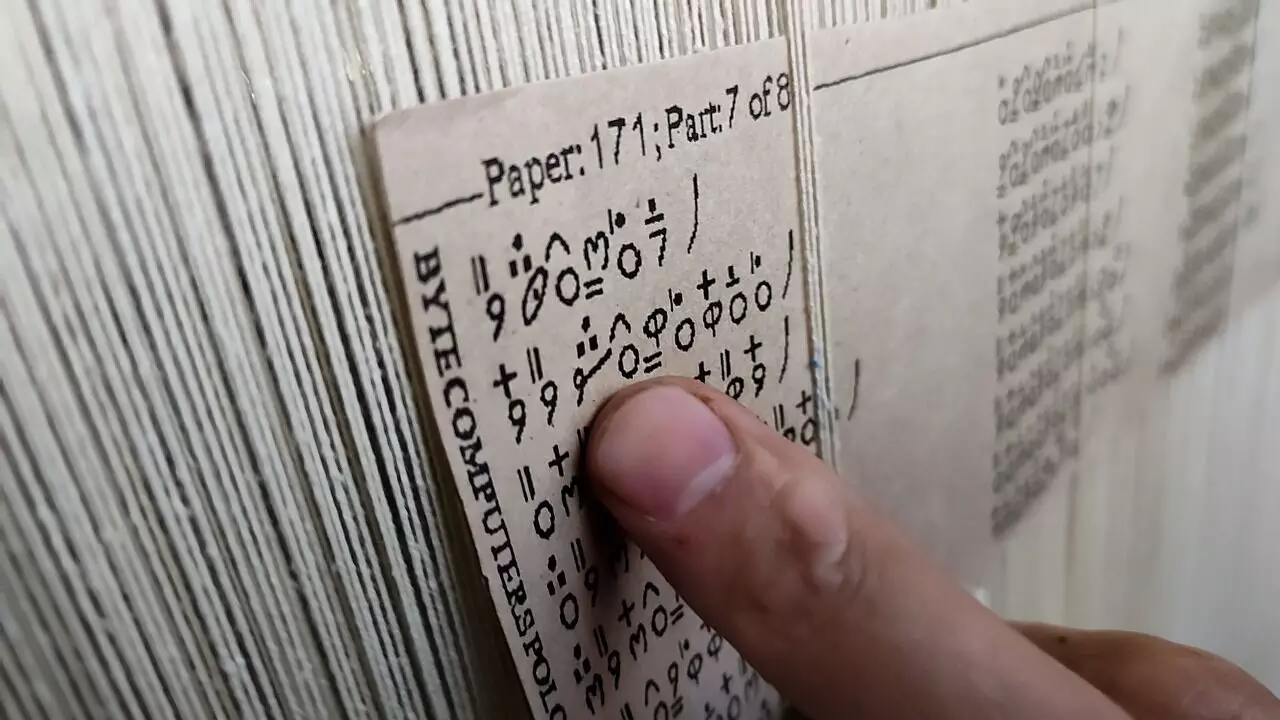
Kaleen taleem is the instruction manual that specifies the number of strands of yarn to be used, the colours, the spacing of the threads, etc.
Parveez is only 23 years old but has been weaving carpets since he was only eight or nine years old, he told Gaon Connection. He has had no formal education, but Parveez can read the kaleen taleem or a written code. Not everyone can.
Kaleen taleem is the instruction manual that specifies the number of strands of yarn to be used, the colours, the spacing of the threads, etc. that make up the patterns on the carpet being handwoven. These codes are written down on paper and Parveez has it tacked up in front of him. He reads them out aloud, and the others follow the instructions.
It was in October last year that Qamar Ali Khan of Tahiri Carpet, a trader, received the order for the 12 carpets from the Central Vista Redevelopment Project that is working on the new Parliament building.
Fifty weavers were identified in Budgam, which is famous for its silk carpets, and the work began. The carpets will be ready for despatch by October, next month.
“It is a great honour to make a carpet for Parliament,” Tariq Ahmad Khan, who was weaving alongside Parveez, told Gaon Connection. “It is hard work. It takes four people almost six months to complete one carpet,” he said. Tariq has been weaving carpets for the last 15 years.
“We are happy to weave these carpets for the Parliament. And we are getting paid well for it too,” Parveez said. The weavers are getting paid up to Rs 500 a day whereas normally they would get no more than Rs 150 a day for the complicated, highly skilled hand craft. “We will continue this profession if we get good rates,” young Parveez added.
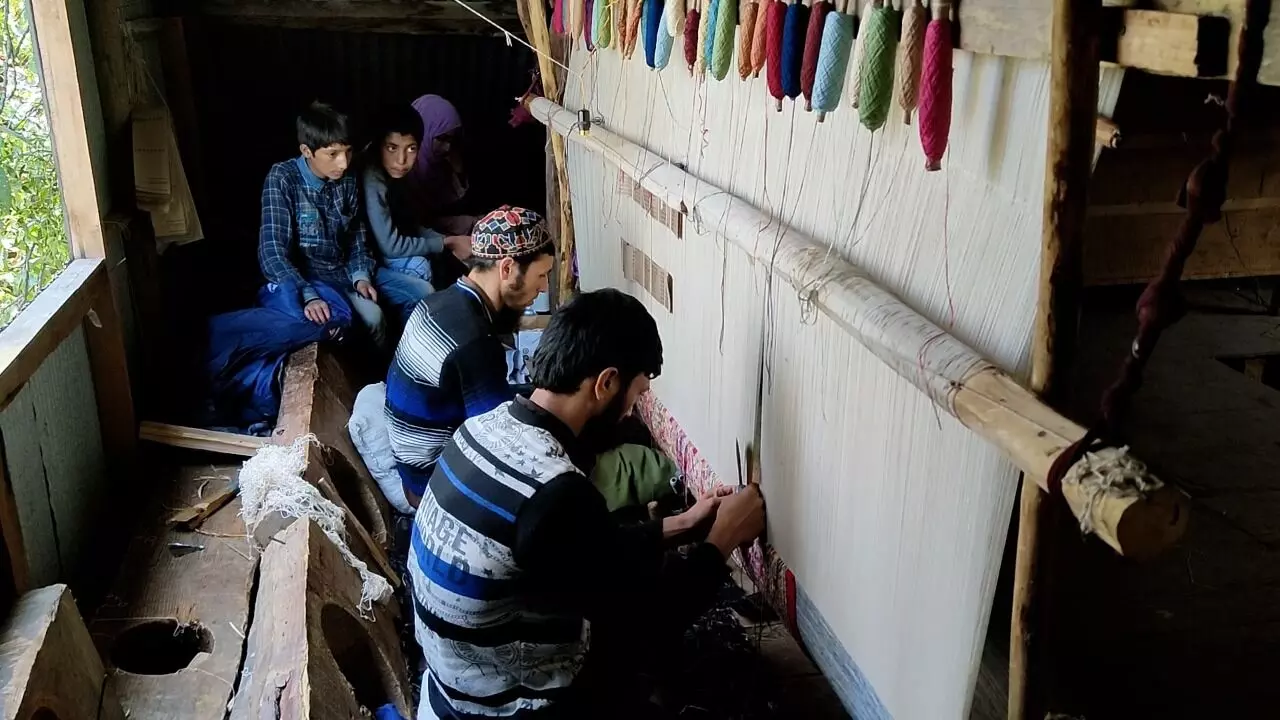
There are at least three lakh people associated with handicrafts.
Silk kaleen of Kashmir
Silk carpet weaving in Kashmir goes back hundreds of years with its glory days in the Mughal era, and the exquisite works of art are displayed in museums across the world. According to figures from the Handicrafts and Handloom Department of Jammu and Kashmir, each year, carpets worth Rs 300 crores are exported.
According to the handicrafts and handlooms department, there are at least three lakh (300,000) people associated with handicrafts including carpets, papier-mache, shawls, and wood carving.
“We are creating societies through which the government will provide financial assistance to artisans. Last year, the state government extended financial assistance of Rs 10 crore to artisans. Similarly, there are moves to provide financial assistance to children of artisans,” Mahmood Ahmad Shah, director Handicrafts and Handloom, Kashmir told Gaon Connection.
The Kashmiri weavers are happy that they have got this Parliament project. “It is giving us good remuneration. We should continue to get paid like this, otherwise we will not be able to sustain the craft,” Ghulam Mohammad Malik, another weaver from Khag, told Gaon Connection. “It becomes very difficult to survive on anything less and we usually do not get more than Rs 200 per day after one full day’s hard labour,” he pointed out.




